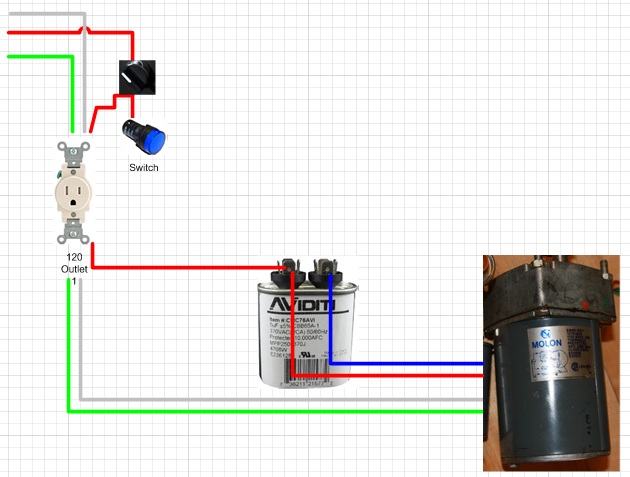My setup is similar, rather than splicing them I put proper connectors on them so it's like plugging an extension cord into another extension cord.
I bought one of those 4 wire dryer cords and put a leviton twist-loc connector on it. The other cable is a 25ft (10-4) extension that I got at home depot (not the cheapest solution, but I had a gift card so I made it work).
Yeah I was looking for the cheap way out!

But realistically I realize this is a lot of amperage and I don't want to save a hundred bucks and lose a life.
I think that I will roll with the shorter factory dryer cords (10ft) that I have for now. However if they aren't long enough it will likely be a full out new 4 prong (like yjfun suggested) and 30ft bulk wire; or leviton connectors as you have suggested. But those leviton connectors are cost prohibitive. I bought some for the panel, but man!
I know I will need to upgrade them... but my wallet needs a little recovery time

That will give me some tim to sort out the best solution.
yjfun - thanks for the advice! I think I will hook everything up that I have as is (right not that is 10 ft cord with factory 4 prong on it and the leviton connector).
1.[adjustable prong approach] 30ft 10-4 wire ~$2.10 a ft I think = $63
$14 4 prong adjustable plug = $14
(have end connector already so) - total = $77 x 2 =
$154
2. [leviton connector]20ft 10-4 wire ~$2.10 a ft = $42
connector ~$40
male twist lock ~$20
(have end connector already so) - total = $102 x 2 =
$204
3. [Splice] 20ft wire ~2.10 a ft= $42
butt crimps (have them, maybe $.50)
heat shrink ($5-$10 tops)
(have end connector already so) - total = 52.50 x 2 -
$105
For my money I think it would be worth $50 more to have a single run of wire to the plug. Bad part is neither option is cheap. Time to look for deals on 10-4wire! ha





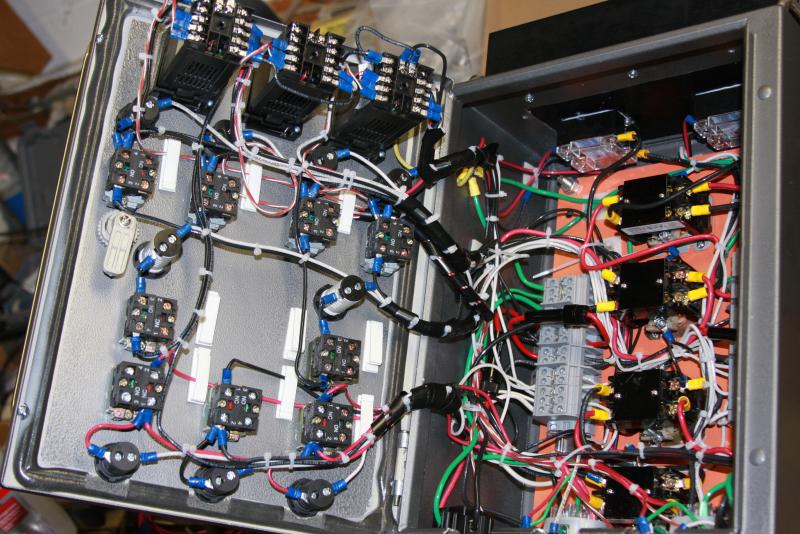



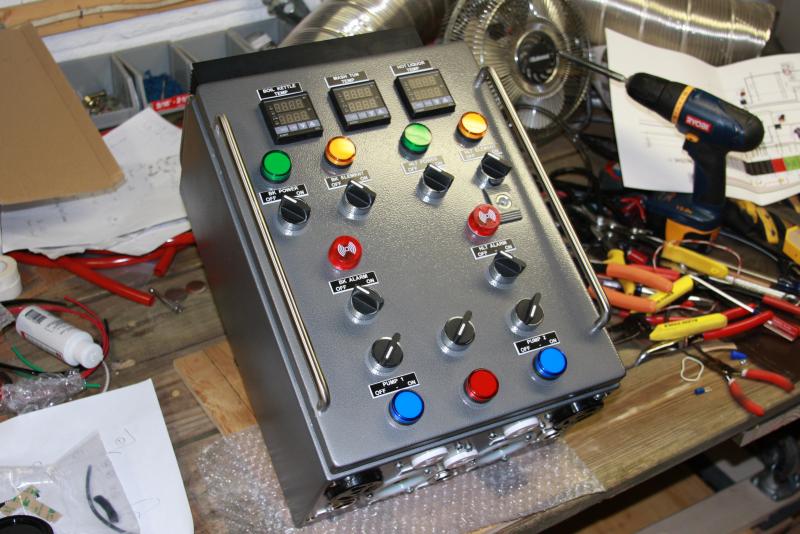
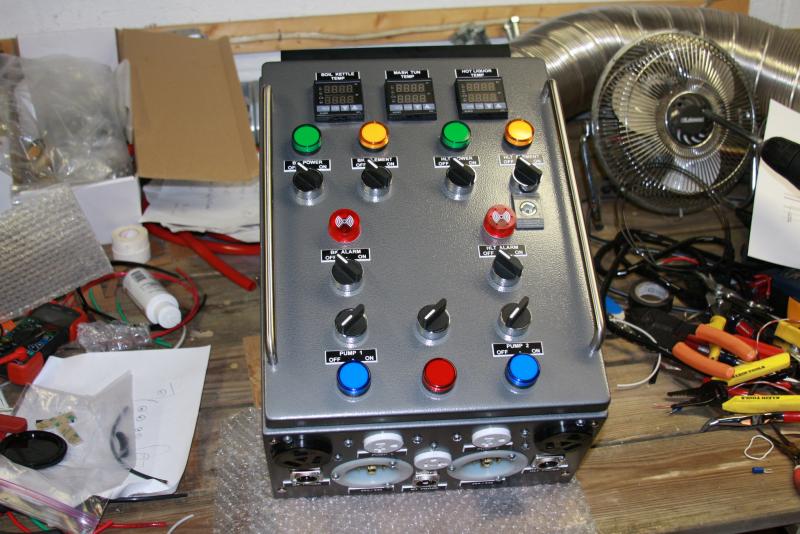

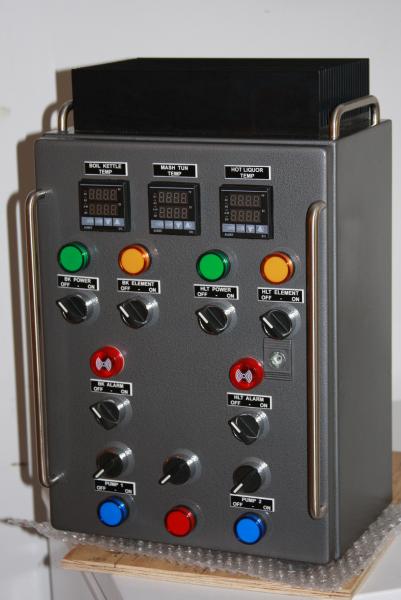

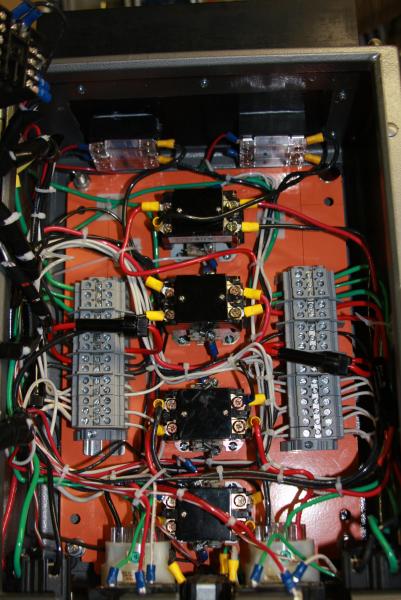

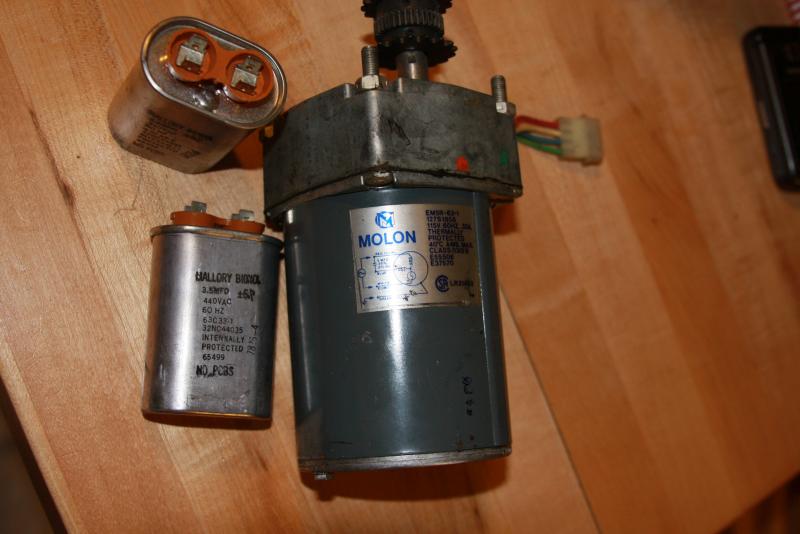
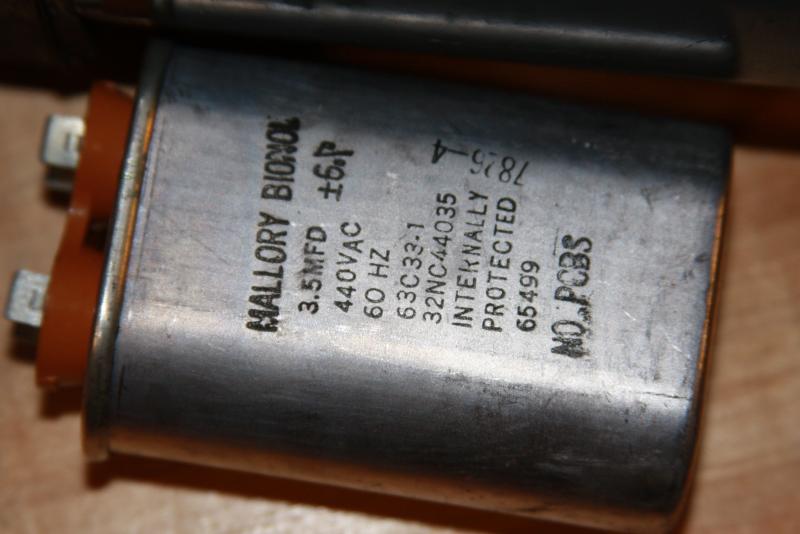
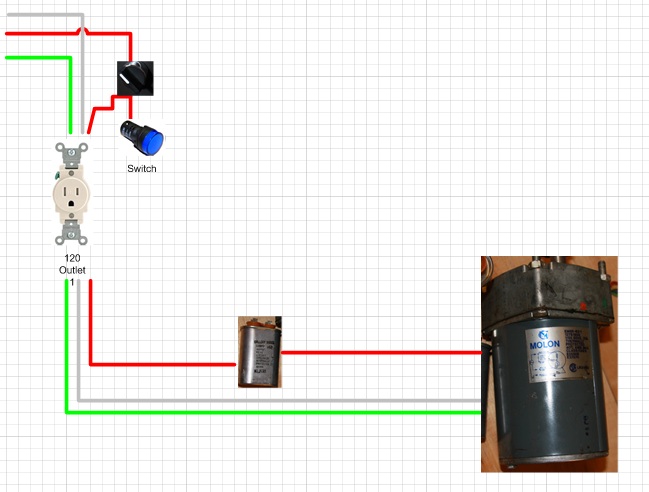
 )
)